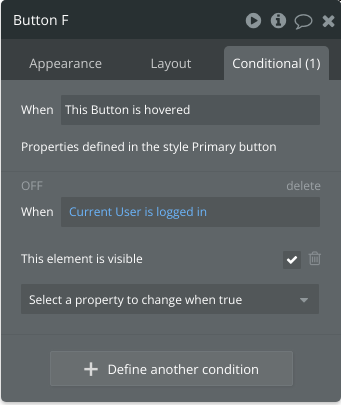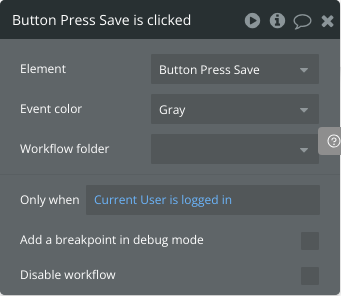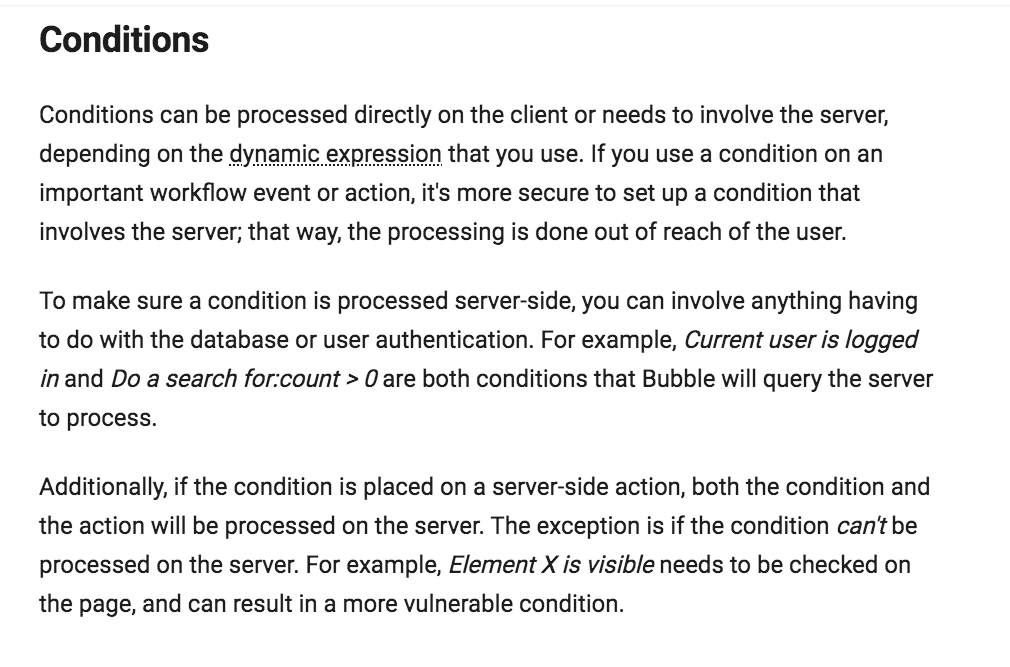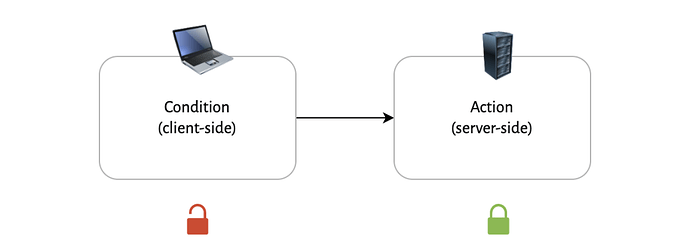Well, I do get that perspective, and I agree WU has added a layer of complexity that can be confusing to both new and experienced users. Is that optimal? Maybe not, but implementing some charge for spending server resources was necessary to keep Bubble profitable in the long term.
So my point is not to discourage you from studying questions about charges; optimization makes sense, and to do that well you’ll need to stay informed. That said, I keep seeing some users becoming so focused on WU anxiety and granular optimization that the time, energy, and frustration involved often outweigh any meaningful benefits. As a new user, there are countless more important things to study up on to become a good developer and getting a great app to the market.
0,02 WU is about 0.0000114% of your total allocated 175k workload units on the 29 USD Starter plan. You could run that condition 8,75 million times per month before having to spend 26 USD to get an additional 200k WU and check the condition another ten million times.
It just doesn’t add value to optimize at that level. If it takes you no extra time, by all means, go ahead, but I see devs going down a rabbit hole of minutiae optimization attempts when there are are countless decisions that should have a much higher priority. At some point, we need to draw a line on what constitutes meaningful WU optimization. Beyond that line, the effort and mental energy spent on the process can become more costly—to your project and your piece of mind—than the actual financial cost of hosting.
When WU discussions becomes a game of “gotcha” to “reveal” that Bubble charges for some specific process, I just don’t find it that interesting. Bubble charges for all server processes, so I don’t really see what’s new.
Those charges may be granular, but, they’re still charges. They were important enough for Bubble to charge each and every person so they’re open to questions.
That’s where I think a shift in perspective is helpful to avoid being too caught up in details. If you go into WU optimization with the mindset that “here’s another process that Bubble has decided to charge for”, you’ll constantly be left frustrated and your project will suffer from it. Every server interaction is charged, with no exceptions, in the same way that your electricity company charges for every little lightbulb in your house – but you wouldn’t consider it a special “lightbulb fee”. It’s just a part of the total.
Most of us optimize our electricity use as best we can, but we accept that getting a full picture of where every kWh is going is too complex. We certainly don’t want to give up having a warm (or cool) house and the lights on at dinner time. Electricity is there to be used, and so is WU.







